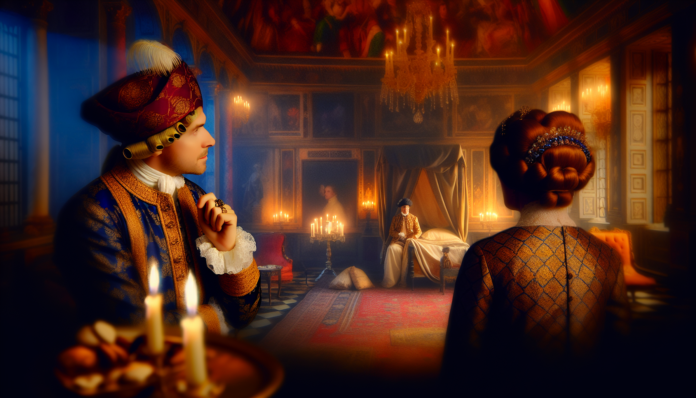Introduction
Throughout history, the power dynamics of love, politics, and scandal have intertwined spectacularly. The stories of famous mistresses in royal courts reveal how these women wielded tremendous influence over kings, often shaping the trajectory of nations with their romantic liaisons. One noteworthy figure is Louise de La Vallière, the mistress of King Louis XIV of France. Her scandalous affair not only rocked the French court in the 17th century but also showcased the complex social dynamics at play during a time when women’s autonomy was heavily restricted.
Time Period and Moral Attitudes:
The 17th century in France was marked by strict societal norms, where women were largely viewed as symbols of virtue and family honor. The concept of courtly love was romanticized, yet it also remained fraught with danger for women perceived to overstep societal bounds.
The Scandal
In the 1660s, Louise de La Vallière caught the eye of the Sun King, Louis XIV. Initially a lady-in-waiting to the queen, Louise’s beauty and charm seduced the young king, leading to a passionate affair that would last for years.
- Key Events:
- Their relationship became public knowledge when Louise presented Louis with a son, known to be his illegitimate child.
- The affair was met with both adoration and scorn; some courtiers celebrated it as a romantic saga, while others condemned Louise as a homewrecker.
Controversy and Quotes:
One infamous quote from a contemporary courtier reflected the mixed sentiments: “The king’s affection for her is only matched by the whispers of her sin.” This duality highlights the scandal’s grip on public consciousness, illustrating how admiration could quickly turn into censure.
- Public Reactions:
- While some admired Louise for her courage, many reproached her for disrupting the sanctity of marriage and the royal image. Gossip circulated in salons about Louise’s privileged position, with others vying for the monarch’s favor.
Moral and Cultural Analysis
The societal reaction to Louise and Louis’s affair was telling of its time. Nobles whispered about their scandalous trysts, while the general populace debated the legitimacy of their relationship. The consequences for Louise were significant; she eventually withdrew from court life, seeking solace in a convent, a choice many viewed as an act of repentance.
Comparison to Today:
If such a scandal were to unfold in the contemporary world, the societal reactions would sharply contrast.
- Modern Values:
- Today, we might view the relationship through a lens of empowerment, celebrating Louise’s agency and the affection between the two, rather than focusing solely on her “sinful” actions.
- The emergence of social media would heighten scrutiny but also provide platforms for different narratives—potentially framing Louise as a trailblazer rather than merely a mistress.
The dichotomy between the 17th century and modern attitudes illustrates a shift from judgment to a nuanced understanding of personal relationships entwined with power, revealing how women’s roles have evolved yet remain deeply complex.

